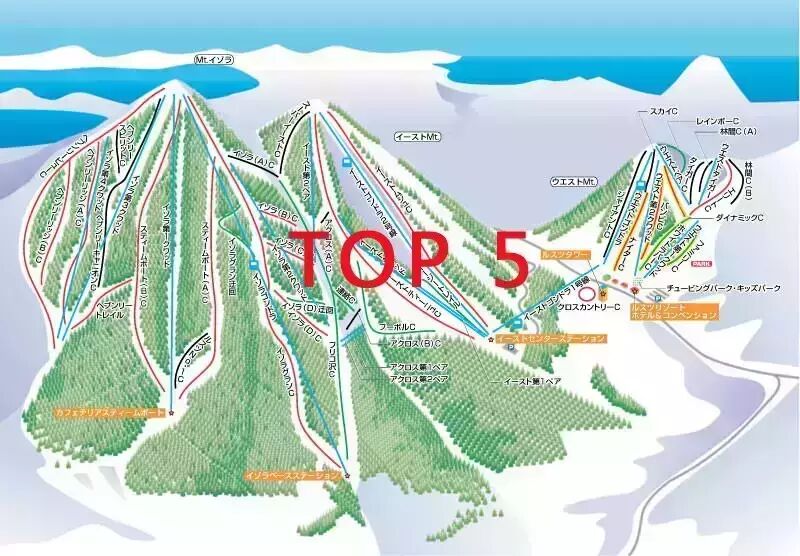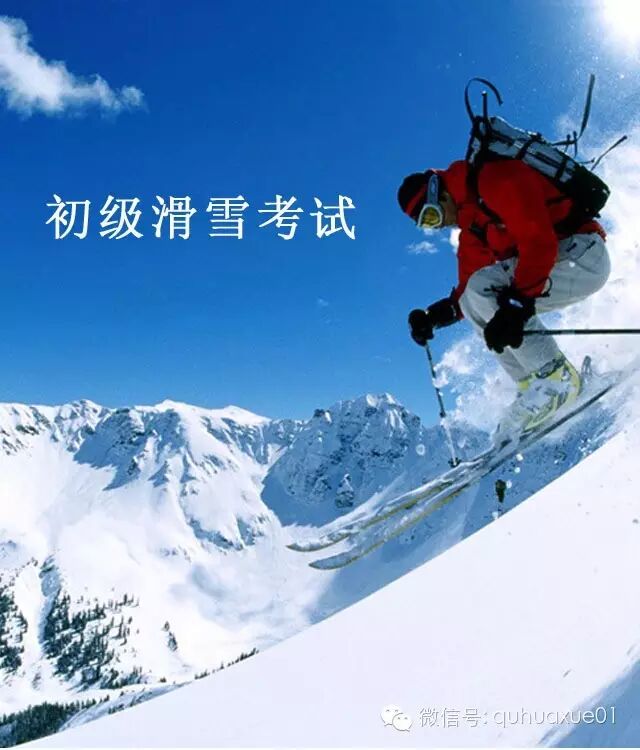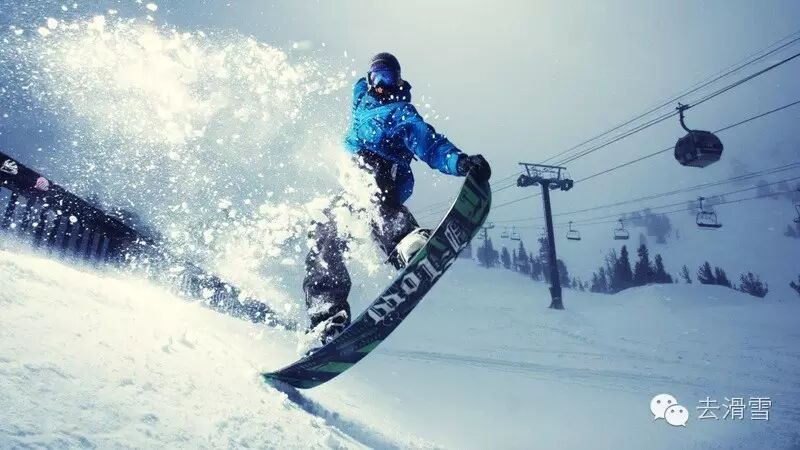Time to shed the "beginner" label? Why not take a ski test—just for fun!
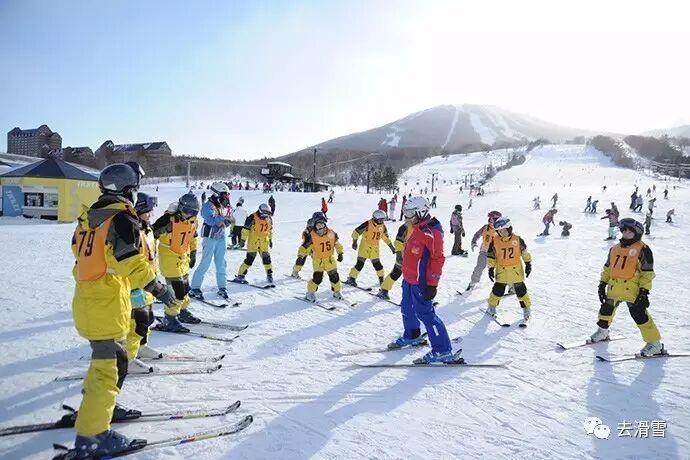

Skiing, as a sport that is gradually gaining wider public attention,
More and more people are getting involved.
Without exception,
Everyone has to go through it.
"Beginner," "Intermediate Enthusiast," and "Advanced Skier" — three levels.
(Of course, there’s also the possibility of never reaching the advanced stage—facepalm…)
However,
As the "beginners" who represent the lowest entry level and make up the largest group,
How can I shed this hat that no longer fits my level?
How can you prove that you’ve already moved to an intermediate level?
Young man,
Why not take a ski test to put yourself to the challenge? 😉
(By the way, I wonder if those of you who often hang around the intermediate or advanced slopes could actually manage to pass the beginner-level ski exam questions?)
(For those of you who dream of flying with a paraglider—whether you’ve already taken flight, watched others soar through the skies, or even just imagined it in your dreams—this one’s for you! Can you ace the beginner-level paragliding exam questions?)
1. Which type of board does *not* exist? ( )
A: Skill-Based B: All-Rounder C: Speed-Oriented D: Standard
2. When shifting your center of gravity to the left during a snowboard traverse, the snowboard will slide in the _____ direction. ( )
A: Right side B: Left side C: Front D: Rear
3. What is the ultimate level of snowboarding? ( )
A: Downhill Skiing B: Snowball Fight C: Falling Leaves D: Iron Club Techniques
4. Which ski resort is home to China's first (Mai Luo) snowboard park?
A: Huaibei B: Yuyang C: Qiaobo D: Nanshan
5. Are snowboard boots divided into soft boots and hard boots? ( )
A: Correct B: Incorrect
6. Backside training involves using the power of your **legs** to control the steel edge, then adjusting your body's center of gravity—shifting it forward or backward—to guide the board downward.
A: Heel B: Toe C: Thigh D: Waist
7. Typically, the front foot is angled forward by _______ degrees, while the rear foot is angled forward by 0–5 degrees? ( )
A:0-5 B:5-10 C:5-15 D:10-15
8. The slope of the U-shaped course for public snowboarding events must not exceed 15 degrees.
A: True B: False
9. Snowboarding originated in Europe. ( )
A: True B: False
10. In snowboarding, the parallel giant slalom can only be performed using the forward edge.
A: True B: False
1. Why should beginners learn the parallel movement technique?
A: Improve skiing skills B: Make snow walking easier C: Help dodge obstacles and prevent rear-end collisions D: Allow for safer side falls
2. Which method is more efficient for climbing a slope? ( )
A: Parallel Movement B: Figure-Eight Walk C: Out-toed Walk D: Sideways Walk
3. What is the correct way to ride the tow rope? ( )
A: Grab the traction device with your hands. B: Clamp the traction device between your legs. C: Hold the traction device firmly with both hands. D: Sit on top of the traction device.
4. Which of the following is NOT entirely correct regarding injuries to watch out for when skiing in winter? ( )
A: Frostbite and bone injuries B: Eye injuries and muscle damage C: Joint, ligament, and cervical spine injuries D: Joint, ligament, and eye injuries
5. What is the correct explanation of the "rolling line"?
A: The path where a ball rolls down the slope B: The steeper of the two paths C: The distance from the mountaintop to the base of the hill D: The most dangerous path on the ski run
6. When turning on a snowboard, the board pointing toward the center of the turn is called the? ( )
A: Outer Panel B: Side Panel C: Inner Panel D: Pull-Up Panel
7. What is the correct direction to fall during snowboarding? ( )
A: Left or right B: Left or forward C: Forward or backward D: Right or backward
8. Which of the following statements correctly describes the technique for skiing down a slope in a zigzag pattern?
A: Turning and Taxiing B: Pear-Shaped Turn C: Zigzag Gliding D: Dodge-Type Gliding
9. What technique is NOT essential to master during the beginner stage? ( )
A: Straight Descent B: Slanted Descent C: Pear Turn D: Giant Slalom
10. As a general rule, how many centimeters shorter should the board be compared to your height? ( )
A:5cm B:10cm C:15cm D:20cm
Answer, click “Read the original text"Just check it out!"
Each question5 minutes,
Come on, see how many points you can score!
(You can also share this with your friends—test their basic knowledge!)



 WeChat ID: quhuaxue01
WeChat ID: quhuaxue01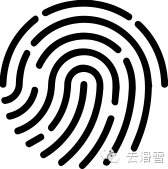 Long press the QR code on the left to follow us.
Long press the QR code on the left to follow us.